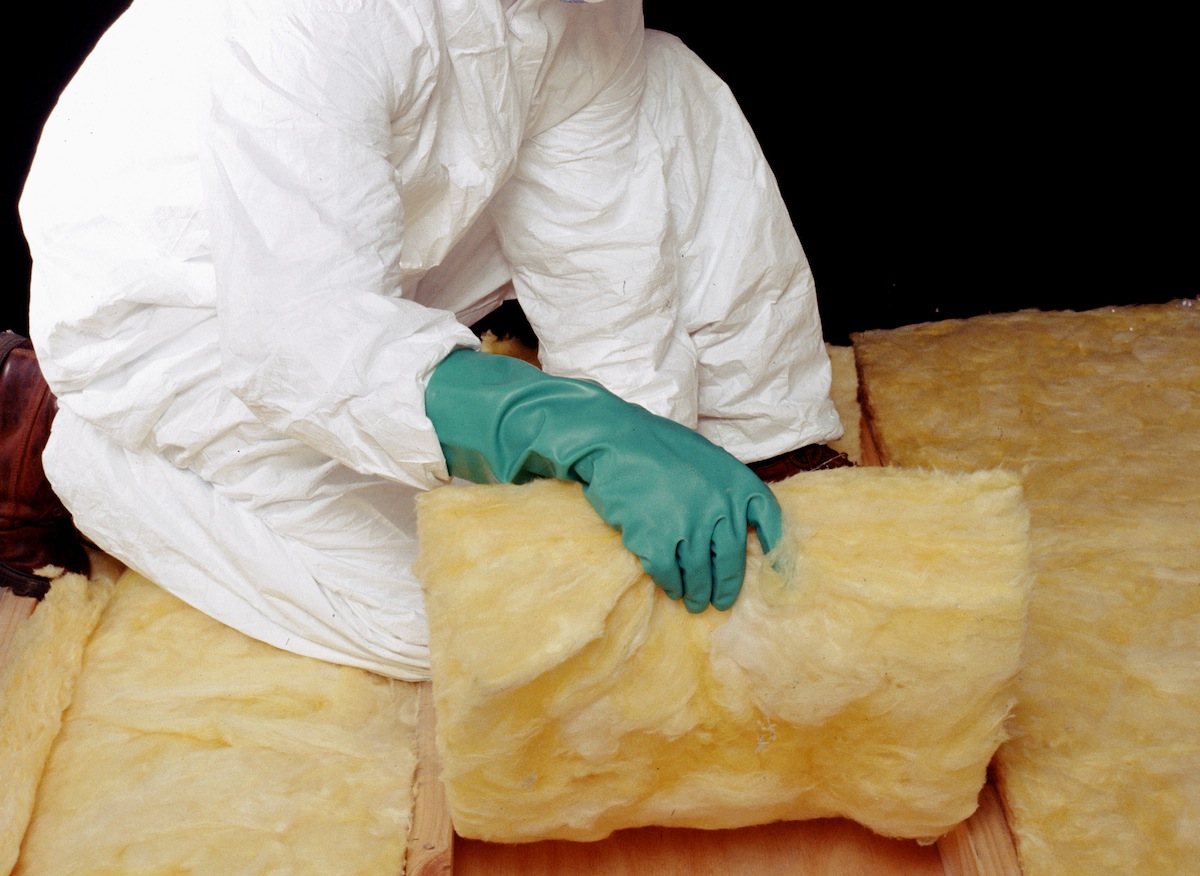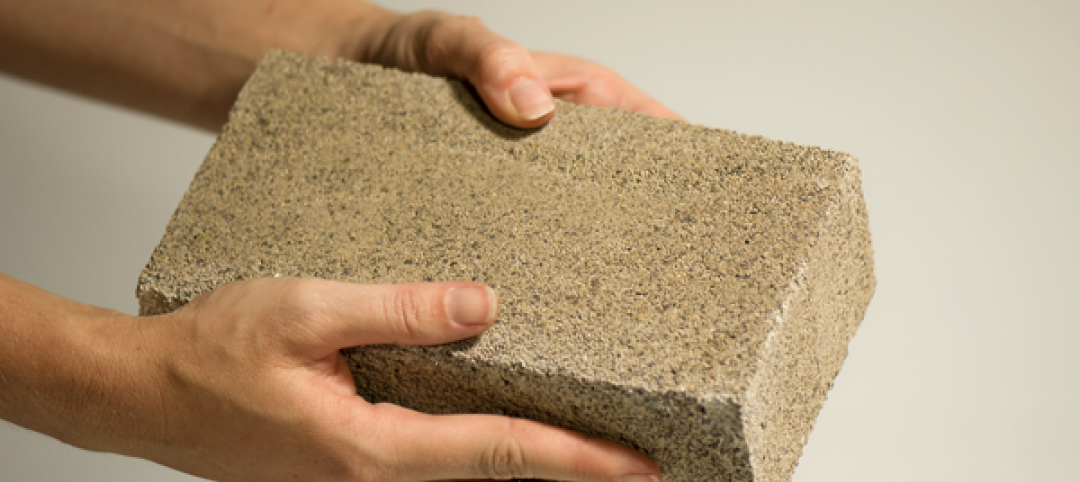Performance is crucial for insulation. “Superinsulation” and continuous insulation (abbreviated “ci”) across the entire envelope are critical elements of highly sustainable and net-zero projects, says Perkins+Will’s Cillian Collins. Green roofs, living walls, and some rainscreen enclosures offer a variety of insulating and environmental qualities.
Mineral wool, which is highly fire resistant, can also be effective, says SmithGroupJJR’s Andrew Dunlap. Wiss, Janney, Elstner’s Fiona Aldous mentions phase-change materials, super-thick insulation, and high-performance insulating blankets with R-values exceeding nine per inch of thickness.
The latest trend, says Aldous, is to ensure that the exterior wall assembly complies with continuous insulation requirements (where required) and NFPA 285, the IBC-mandated testing of combustible envelope material assemblies, including foam plastic insulation and certain water-resistive barriers.
Aldous says that even the best-designed envelopes can be undermined by thermal bridging in areas where insulation is deficient. She recommends the following:
• Determine how much insulation is needed, and how to install it properly.
• Evaluate the insulation’s permeability and the risk of creating an unintended vapor barrier.
• Locate the insulation correctly within the wall assembly.
• Use insulation to manage vapor movement or air leakage (or both).
• Minimize thermal bridges.
• Meet continuous insulation (ci) requirements.
• Comply with NFPA 285.
The choice of the correct insulation should be more than a rush to the highest available R-value. The products selected must contribute to a system that controls the flow of air, heat, vapor, and water. Older buildings’ envelopes, which may be leakier and less insulated, at least have a good potential for drying; the tighter, high-R-value envelopes in favor today allow very little thermal flow. So if there is bulk water intrusion or vapor/air leakage, moisture can remain in the envelope long enough to lead to mold, corrosion, and dry rot.
There are many options for envelope insulation. Fiberglass, rock wool, and slag wool have been used for decades, but now there’s rigid board, cellulose, and foam insulation, as well as cotton, wool, and hemp.
Hemp insulation (which was just recently allowed in the U.S.) comes from a renewable resource and is biodegradable and breathable, according to building enclosure experts. Hemp has good sound absorption, resists mold and bugs, and is stiffer than many other fiber insulations, so it doesn’t slump after it’s installed.
Slumping and movement following installation can be a problem, so passive designers have been looking to building materials that have insulation built into the material’s structure, such as structural insulated panels (SIPs), insulating concrete forms (ICFs), and insulated metal panels (IMPs). Polystyrene or polyurethane foams are major components of these prefabricated systems.
Another option: vacuum-insulated panels filled with aerogels. These so-called “VIPs” are panels with fumed silica or fibrous layers with nanopores. Some enclosure experts say they can enhance design flexibility, as they are thinner than some other insulations.
According to the USDOE Oak Ridge National Laboratory, open-cell aerogels are 90% or more air by volume and offer “unique physical properties, including the highest thermal resistivity, the highest specific surface area, the lowest density, the lowest refractive index, and the lowest dielectric constant of all solid materials.”
The dominant specs for insulation are plastics, some of which contain recycled content. Plastic foam board and spray-applied materials perform well as envelope insulation, both above and below grade.
Related Stories
| Oct 16, 2014
Perkins+Will white paper examines alternatives to flame retardant building materials
The white paper includes a list of 193 flame retardants, including 29 discovered in building and household products, 50 found in the indoor environment, and 33 in human blood, milk, and tissues.
| Jul 17, 2014
A harmful trade-off many U.S. green buildings make
The Urban Green Council addresses a concern that many "green" buildings in the U.S. have: poor insulation.
| Jul 17, 2014
GSA study finds biomass boilers are viable option for heating federal buildings
After operating the first biomass boiler in the Ketchikan, Alaska, Federal Building, the U.S. General Services Administration (GSA) has concluded that biomass boilers are a viable alternative for hot-water-heated buildings where natural gas is unavailable.
| Jul 17, 2014
Alliance formed to promote research on indoor air quality
A memorandum of understanding creating the Indoor Environment Quality Global Alliance was signed on June 29; the Alliance was formed to explore ways in which industry groups could work together to address all aspects of indoor environmental quality and health.
| Jul 8, 2014
Does Zaha Hadid’s Tokyo Olympic Stadium have a design flaw?
After being criticized for the cost and size of her stadium design for the 2020 Olympics in Tokyo, a Japanese architect points out a major design flaw in the stadium that may endanger the spectators.
| Mar 20, 2014
Common EIFS failures, and how to prevent them
Poor workmanship, impact damage, building movement, and incompatible or unsound substrate are among the major culprits of EIFS problems.
| Mar 4, 2014
How EIFS came to America
Design experts from Hoffmann Architects offer a brief history of exterior insulation and finish systems in the U.S.
| Dec 31, 2013
Top 10 blog posts from 2013
BD+C editors and our contributors posted hundreds of blogs in 2013. Here's a recap of the most popular topics. They include valuable lessons from one of the first BIM-related lawsuits and sage advice from AEC legend Arthur Gensler.
| Sep 26, 2013
Sheep's wool insulation, bio-brick among Cradle to Cradle product innovation finalists
Ten finalists are competing for $250,000 in prizes from the Cradle to Cradle Products Innovation Institute and Make It Right.
| Aug 23, 2013
Demand for commissioning services on the rise: PECI/BCA survey
Demand for the services of commissioning professionals is rising and will continue to rise into the near future, according to a survey by PECI and the Building Commissioning Association (BCA).

















